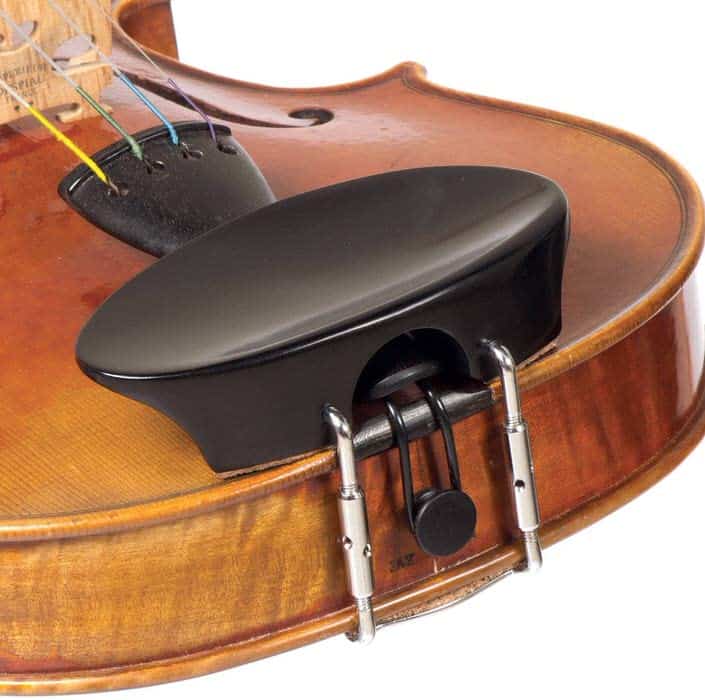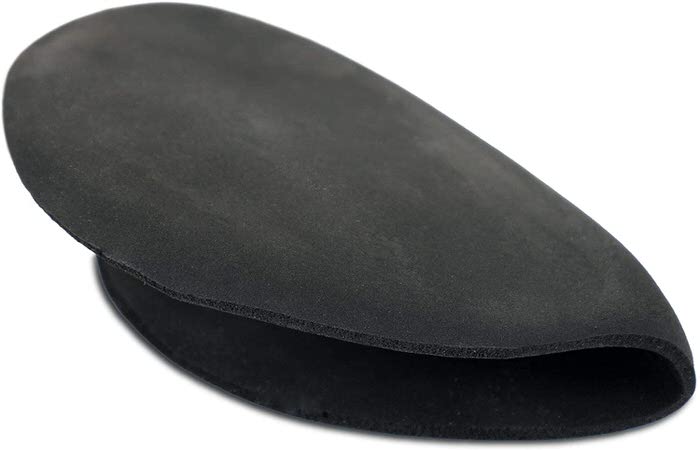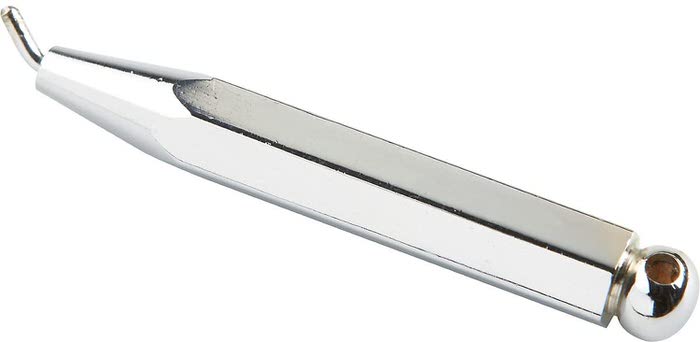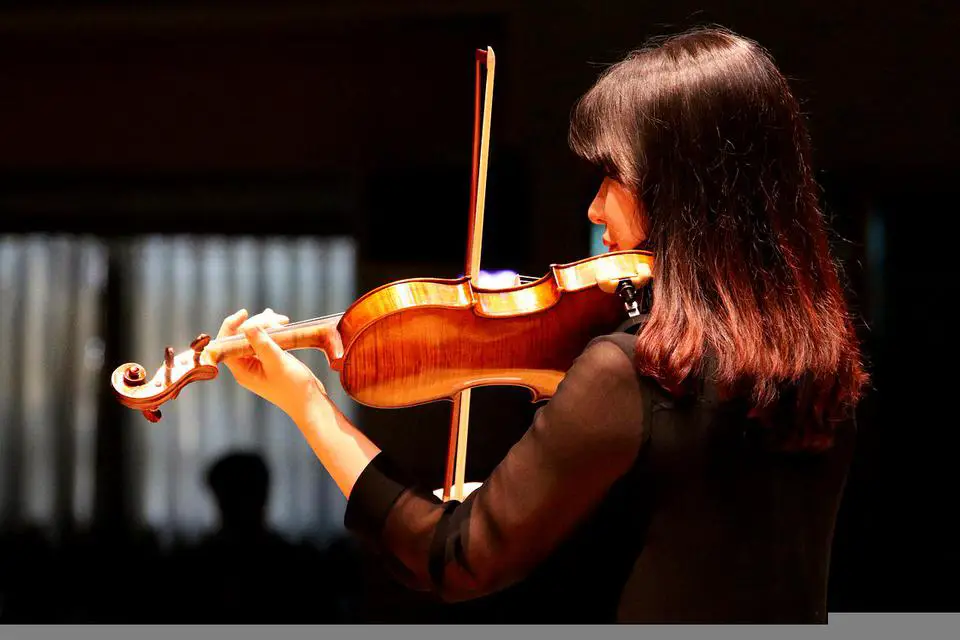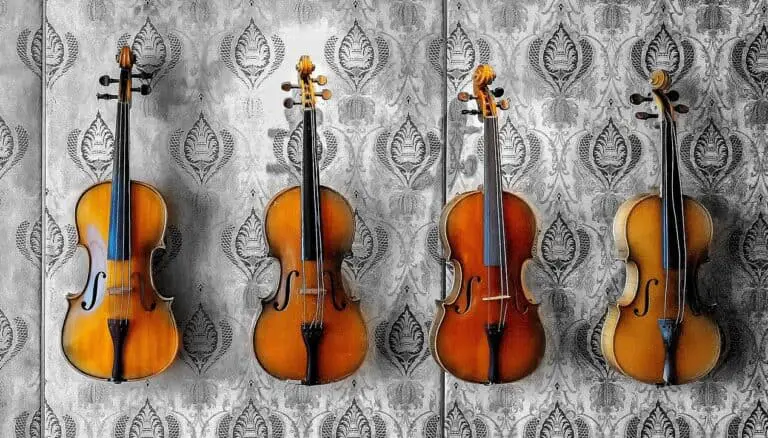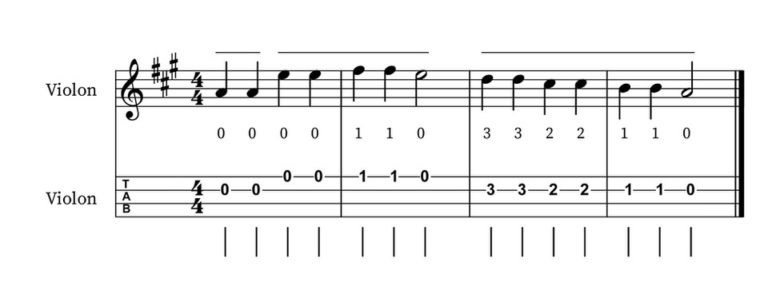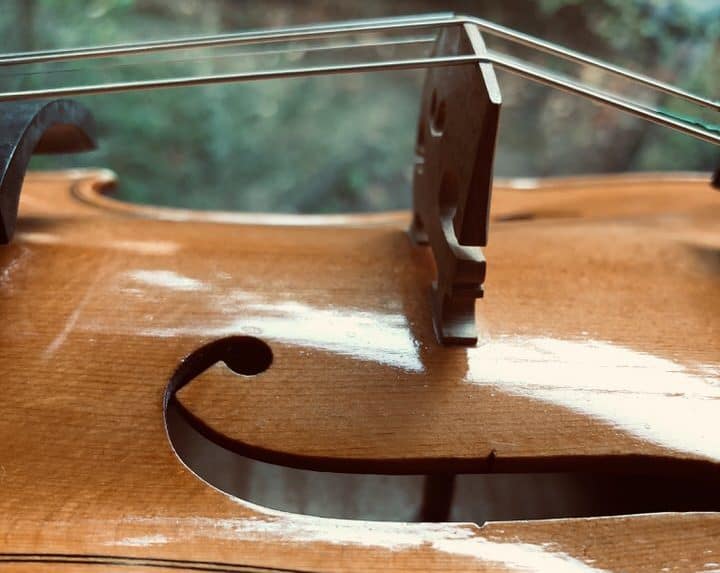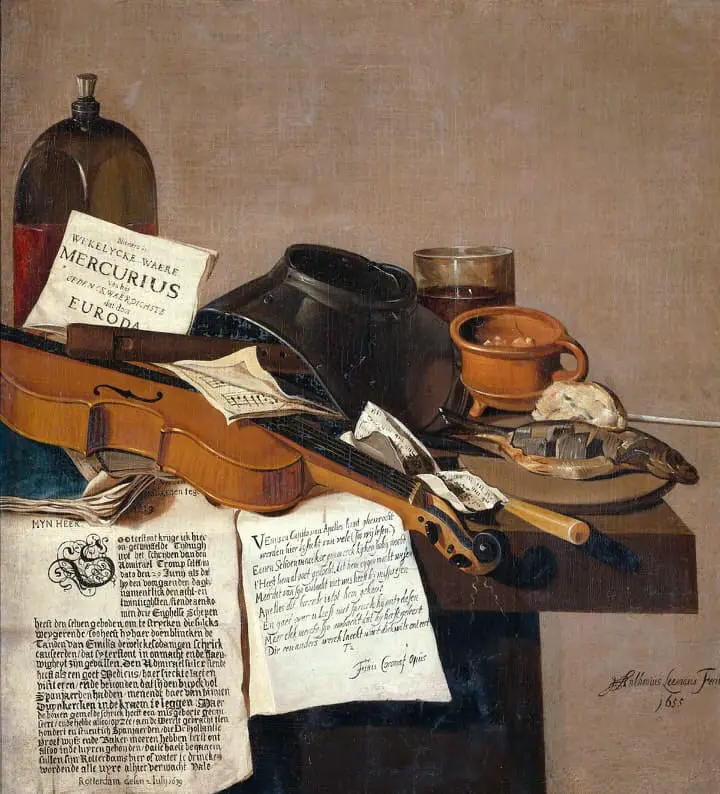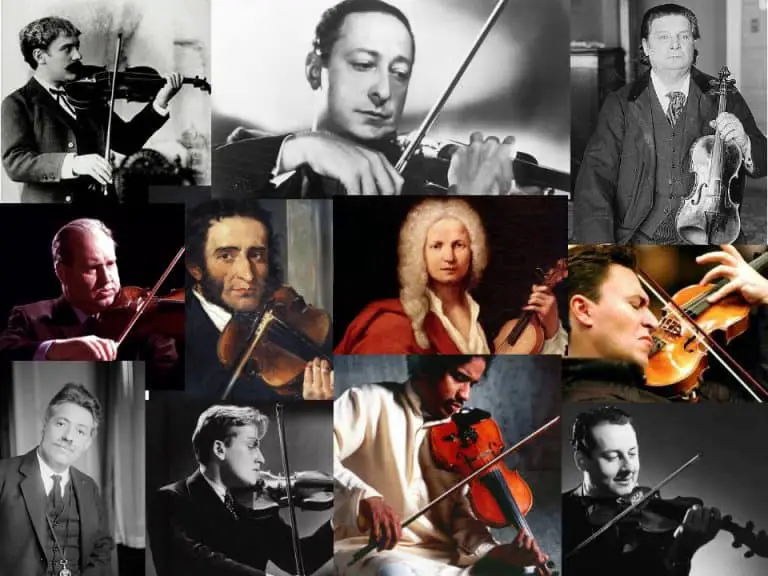Violin with Missing Parts: a Complete FAQ
Table of Contents
- Play the violin without a shoulder rest
- Play the violin without a chin rest
- A violin without a bridge
- Play the violin without a soundpost
- A violin without fine-tuners
- A violin without strings
- A violin without a bow
Can I play the violin without a shoulder rest
Is it possible to play the violin without a shoulder rest?
It is possible to play the violin without shoulder rest: it has been designed that way. The thickness of the instrument perfectly fits between the chin and collarbone. Please notice that a violin shouldn’t be held by squeezing it with the left shoulder.
The problem is that the average size of violinists has dramatically increased since Andrea Amati in the 16th century.
Last generation legends (Elian, Heifetz, Menuhin, Milstein, Oistrakh) played without shoulder rest but were small men. Tall violinists, by today’s standards like Leonidas Kavakos find it difficult to hold the violin without shoulder rest: they have much longer necks. As a result, the posture is less than ideal: chin down, and neck stretched.
Some violinists compensate with a thick chin rest that adds thickness to the instrument.
But there is a new « wave » of violinists playing without shoulder rest. It gives several benefits :
- It frees the left side of the body,
- It gives an excellent balance and equilibrium between the bow arm and violin arm.
The hand is free with a shoulder rest, but the arm as a whole is frozen, blocked. Without shoulder rest, the left arm is free; the shoulder can move but must stay down. But the hand has to learn how to hold the instrument while playing. It adds strain to the hand. And being relaxed is rule number one.
So it is possible to play without a shoulder rest but for advanced players and up only as there are so many pitfalls in that technique.
Beginners to intermediate players should play with a shoulder rest and enjoy a free tense free left hand.
Can I buy and install a shoulder rest myself?
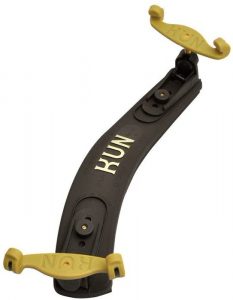
Yes, a shoulder rest is easy to choose and to install on a violin. Choose a rest that can be adjusted and take into account the length of your neck. For many years, I have used a Kun shoulder rest: it is a classic. It is now cheaper than ever on Amazon.
Can I play the violin without a chinrest?
Is it possible to play the violin without a chinrest?
It is possible to play the violin without a chinrest. But I wouldn’t recommend it. It used to be done, but a really long time ago, when violins were played more on the arm. During the 16th to 18th century. Violinists didn’t go up in the positions back then and stayed in the first to the third one. We can see some fiddlers playing like that today: they do not put their head on a chinrest or don’t have a chin rest at all. Often, old ancient violins have damaged varnished in this area. It is the remaining mark, the proof in a sense, that that particular violin was played without a chinrest for a long time.
Some violinists (see, for example, Michael Rabin when he plays the “Tambourin Chinois” – but we can see that he still has a chin rest) play with their chin on the tailpiece. Doing so protects the varnish of the table while getting more thickness than the violin can provide itself. Plus, the head is in the axis of the strings and must feel the strings’ vibrations directly to the inner ear through the bones of the chin. These are fascinating advantages. But very few people play like that and on very few occasions.
So I would recommend playing with a chin rest for many reasons:
- it gives thickness to the instrument,
- it allows you to reach the upper positions easily,
- it gives you the possibility to play with or without a shoulder rest,
- you can choose the angle of the chin rest: have your head upper than the tailpiece (most common position), in the axis of the tailpiece (more and more seen these days), below the tailpiece (some violinists like to play like that).
So shoulder rests are cheaper and cheaper and easy to install yourself. You should get one, or even try several ones. As it is a really personal accessory, chances are you will try and pick the one you prefer and be most at ease holding your instrument. It is essential.
Can I buy and install a chinrest myself?
You can install a chin rest on your violin without the help of a luthier. Just be cautious not to damage the varnish or to over-tighten the screws. But a chin rest is much more personal than a shoulder rest. You should try a couple of them before making your choice. The Flesch chinrest is a classic, though. You can try one out first and see if you like it. It is cheap enough on Amazon to buy one without taking too much risk. See the picture above. If you don’t feel too much at ease with your chinrest, you can try out a chinrest pad. Envision it as the thing you put on your bike hard saddle to make it comfortable. The Strad Pad, from Amazon, is the one I use. Lastly, you will need this chinrest wrench to install your chinrest. Do not over tighten the screws nor scratch the varnish of the ribs with it.
Violin without a bridge
Is it serious if the violin has no bridge?
If your violin doesn’t have a bridge, it is just not playable. Don’t even try to wind up the strings to tension. The instrument is not designed to hold the tension between the neck and the tailpiece alone. The pressure has to be shared through a force down to the table on the bridge.
So if you’ve just bought a violin without a bridge:
- Do not attempt to play it,
- Do not put/wind up strings on it,
- Read my article on how to install a bridge on a violin (without breaking the table)
Can I install a bridge on a violin myself?
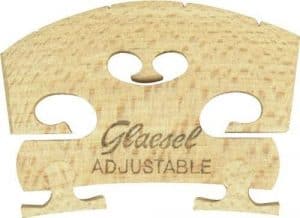
In a nutshell, the bridge is not user-serviceable. It has to be tailored to the instrument: height, size, arch…
So you just can’t install the first bridge you buy on the internet. Some bridges have rotating feet that auto-adjust to the arch of your violin table: it can be a temporary fix.
If you have the original bridge of your violin, or you’ve bought an auto-adaptable one, here is what you can do. This one on Amazon offers excellent value for the price as it is a self-adjustable bridge.
First, check for the presence of the sound post.
- If there is none, it means that it must have fallen off during transportation. Do not go further, you might break your instrument. Rush to your local luthier.
- If a sound post is present, then read on. Prepare two strings. Insert them into the peg holes and the tailpiece. Do not put any tension yet.
- Then, put the bridge between the F-holes, where there is a notch. Put the higher part of the bridge on the G string side. Align the bridge with the two notches. Measure the distance between the bridge and the two F-holes: it should be at the perfect center. Hold the bridge while putting the two strings on it. Wind up the strings slightly. Adjust the bridge position if needed. Then, put the four strings and tune the instrument. Check if the bridge is at a 90° angle with the top table of the instrument.
You should have your violin checked by your luthier anyway.
Can I play the violin without a soundpost?
Of course, a violin can’t be played without a soundpost. If your violin doesn’t have a soundpost, chances are it doesn’t come with strings, bridge, and tailpiece either.
Envision the sound post as the pillar of a cathedral. The arch and the roof won’t hold without the support of the sound post. The pressure of the strings is transferred to the bridge, the table, the soundpost, and the back of the instrument.
The role of the soundpost is not only to give structural strength and rigidity to the violin. It also transfers vibrations to the back of the instrument: the whole wooden box amplifies the sound.
But remember: the instrument table is made of spruce wood, lighter with bigger grain that amplifies the lower frequencies. The foot of the bridge, on the side of the higher strings, rests on the sound post. That small wooden piece, called the soul of the violin in French, transfers the higher-pitched vibrations to the bottom of the violin, made of maple with a smaller grain and denser wood, amplifying higher notes.
There is a unique tool to put a soundpost in place. Plus, it needs to be adjusted in length and diameter to the actual instrument. Then, it can be used to adjust the sound of the violin: see it as a tone control knob for your violin. But only a luthier can adapt it.
In conclusion, it is not easy to judge a violin without a soundpost: you can only see the craft and the quality of the wood and varnish. If you are trained, you can inspect a violin that way. But if not, go to your luthier. You will need his or her expert eyes to check the instrument, put a soundpost, bridge, tailpiece, and strings.
Can I tune a violin without fine-tuners?
Fine tuners can be added to any tailpiece. Beginners like to have a tailpiece with four integrated fine tuners: one for each string. It can be helpful when you start and learn how to tune up your instrument. You do not need to reach for the pegs. And tuning with fine tuners is actually easier.
So, you can add four fine tuners to your existing tailpiece or buy a new one. I would recommend adding fine tuners as you will keep your current wooden tailpiece. It will be cheaper in the end. Integrated tailpieces are usually made of resin or plastic and don’t sound as good.
But, there is a but.
Advanced players usually have two or even one fine-tuners: for the E string or E and A string. Fine tuners have disadvantages :
- They hinder the vibration of the string slightly (reduce sound quality somehow?)
- They change string length (choose these kinds of fine tuners even if they have less range)
- The less tense the string is, the more difficult it is to tune it with fine tuners: they do not have enough range.
That is why fine tuners are compulsory for E strings but pointless for G strings. You have to turn them slightly for a half step on the E string, but a lot on the G string.
So, if you take into account the fact that it changes the sound and the length of the string and is not useful for two out of four strings, you understand why most violinists have one fine tuner only, for the E string.
I have settled for a fine-tuner of the color or the tailpiece (black for ebony— I do not like a shiny brass spot on the dark tailpiece) with a fine tuner that respects the string’s length, for the E string only. A beautiful and effective way of dealing with fine tuners.
Is aesthetics as important as sound? Just kidding.
You can buy a set to have coordinated fine-tuners like this one on Amazon. But I prefer to buy the highest quality ones. If you are an intermediate to advanced player, I would strongly recommend this one from Hill on Amazon. It is dark, light (made of titanium), and the string will keep its full length. Don’t forget to put the small plastic parts to protect your E string.
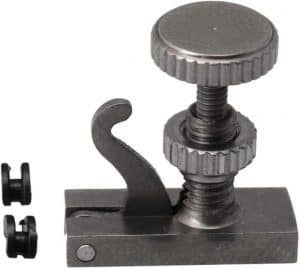
All that being said, when you see (hear) Oistrakh’s monster sound with two fine tuners and a smaller string length, interpreting the most incredible concertos in the biggest halls, well…
A violin without strings: what else is missing?
If your violin doesn’t have strings, or you are offered to buy a violin without strings, there are a couple of problems:
- you can’t try out the violin,
- a lot of maintenance is needed to have that violin back in working condition.
Without strings, the violin might not have or come with a bridge, a tailpiece. And perhaps more importantly, the soundpost might have fallen off and be lost (see above).
So it is not comparable with a guitar, for instance, where you can add strings quickly to try it out and have a first impression. There is nothing similar when it comes to the violin. As I have explained above, everything (soundpost, bridge, tailpiece, and strings) is linked together as a whole.
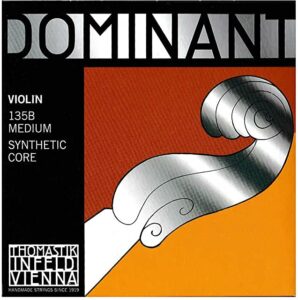
You can still:
- check for the presence of a soundpost,
- then install a bridge,
- then, you can buy your favorite strings and install them. These are the ones I recommend.
But have that violin checked as soon as possible by your favorite luthier.
A violin without a bow
Do violins come automatically with a bow?
Only for starters and beginners, there are complete packs with a violin, a bow, a case, rosin, and a shoulder rest.
As soon as you are not a beginner anymore, violins are sold without a corresponding bow. It is perfectly normal. The marriage between a bow and a violin has to be decided by a violinist. There is no standards. If a violin is personal, a bow can be even more personal. Many violinists have several bows, depending on the repertoire they have to play.
I have three violins and five bows. I have a French bow with great sound and stability: I like it for Bach. I have a German bow that is fast and flexible, with a lot of temperament and elasticity. I love it for Paganini and any repertoire with right-hand virtuosity (staccato, spiccato, and so on). I have a bow of below than average quality to play in places where I fear damaging my good bows. I have a carbon fiber bow to play on my electric violin. I can go on…
So it is perfectly normal for a violin to come without a bow, especially if it is a good violin. The finer the instrument, the lesser chance it will come with a bow or case.
Can the violin be played without a bow?
Yes, a violin can be played without a bow. The right-hand fingers pluck it, and it is called : pizzicati.
This effect is often used in any repertoire, from baroque to modern.
Depending on the wanted effect, pizzicati range from:
- imitating the guitar,
- playing a guitar-like accompaniment in an orchestra,
- contrasting the bow sound with an intricate guitar sound,
- playing pizzicato with the left hand (the hand that stop the strings usually and not the one that holds the bow): pure virtuosity and a great sense of performance
In pop music or country, jazz, Irish or Cajun music, it is not uncommon to hear a fiddler plucking the violin like a guitar and accompany the band with a ukulele-like sound.
It is rare, though, to hear a violin playing pizzicati from the start to the end of the tune. Usually, it is only a transition, a contrasting passage.

